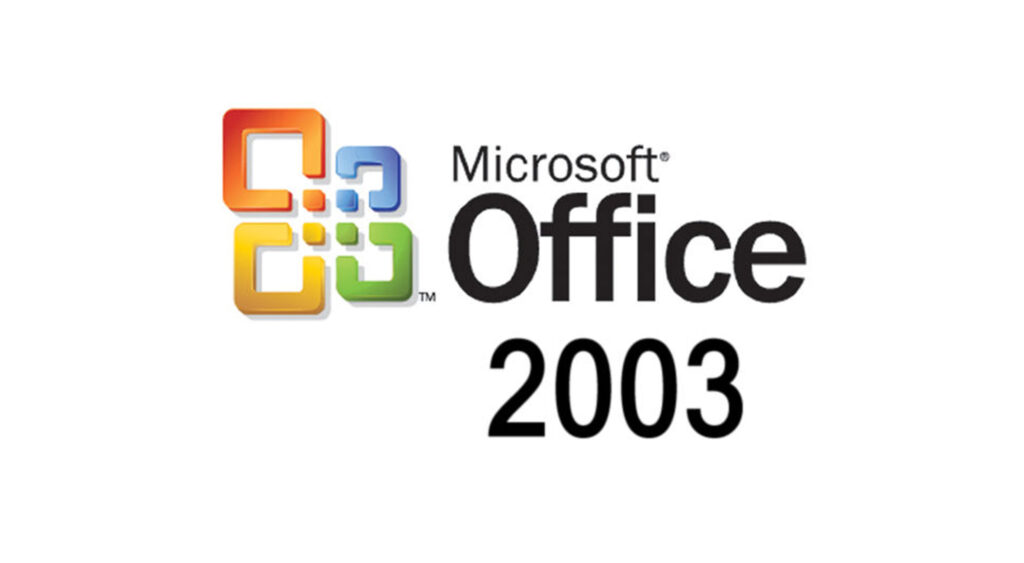
Microsoft introduced a significant update to its popular Office suite with the release of Microsoft Office 2003. This version marked a turning point in the evolution of the productivity software, bringing a range of new features, enhanced user experience, and improved collaboration tools. In this article, we’ll explore the key advancements and innovations introduced by Microsoft Office 2003 and its impact on the way people worked with documents and data.
Key Features and Innovations
- Smart Documents: Microsoft Office 2003 introduced the concept of “Smart Documents.” Smart Documents allowed for dynamic content and real-time data connections within documents. These documents could pull data from various sources and even offer guidance to users. This feature aimed to streamline tasks like data entry, data analysis, and report generation.
- InfoPath: With Office 2003, Microsoft introduced InfoPath, a new application for creating and managing XML-based forms. InfoPath allowed users to design forms with various data fields, validation rules, and custom formatting. These forms could then be used to collect and manage data more efficiently.
- Enhanced Collaboration: Office 2003 emphasized collaboration features. Shared workspaces enabled users to create, share, and manage documents in a collaborative environment. Users could also send documents for review and track changes more effectively.
- Improved Outlook: Microsoft Outlook received a significant overhaul in Office 2003. It featured enhanced spam filtering, improved email organization tools, and a more intuitive user interface. Outlook also introduced Cached Exchange Mode for offline access to mailbox data.
- XML Support: Office 2003 is one of the first versions to support Extensible Markup Language (XML) as a file format. This enhanced interoperability and facilitated data exchange with other systems.
- OneNote: Office 2003 introduced OneNote, a digital notebook application designed for note-taking and information gathering. OneNote is particularly useful for capturing ideas, organizing research, and sharing notes.
- Research and Reference Task Pane: Office 2003 incorporated a Research and Reference Task Pane, making it easier for users to search for information online and access dictionaries, thesauruses, and translation tools directly within their documents.
Impact on Productivity
Microsoft Office 2003 had a substantial impact on the way individuals and businesses approached document creation, data management, and collaboration. Some of the key outcomes include:
- Streamlined Workflows: The introduction of Smart Documents, InfoPath, and improved Outlook made it easier for users to automate and streamline their work processes.
- Enhanced Collaboration: Shared workspaces and improved review tools promoted effective collaboration among team members, whether they were in the same office or working remotely.
- Better Data Management: The use of XML as a file format and InfoPath forms allowed for more efficient data management and exchange.
- Innovative Note-Taking: OneNote revolutionized digital note-taking and offered a creative space for users to gather, organize, and share their ideas and research.
- Productivity Gains: With features like the Research and Reference Task Pane, users could access information and resources more quickly, increasing their productivity.
Conclusion
Microsoft Office 2003 represented a significant leap forward in the world of productivity software. Its innovative features and enhanced collaboration tools changed the way people approached document creation, data management, and teamwork.



